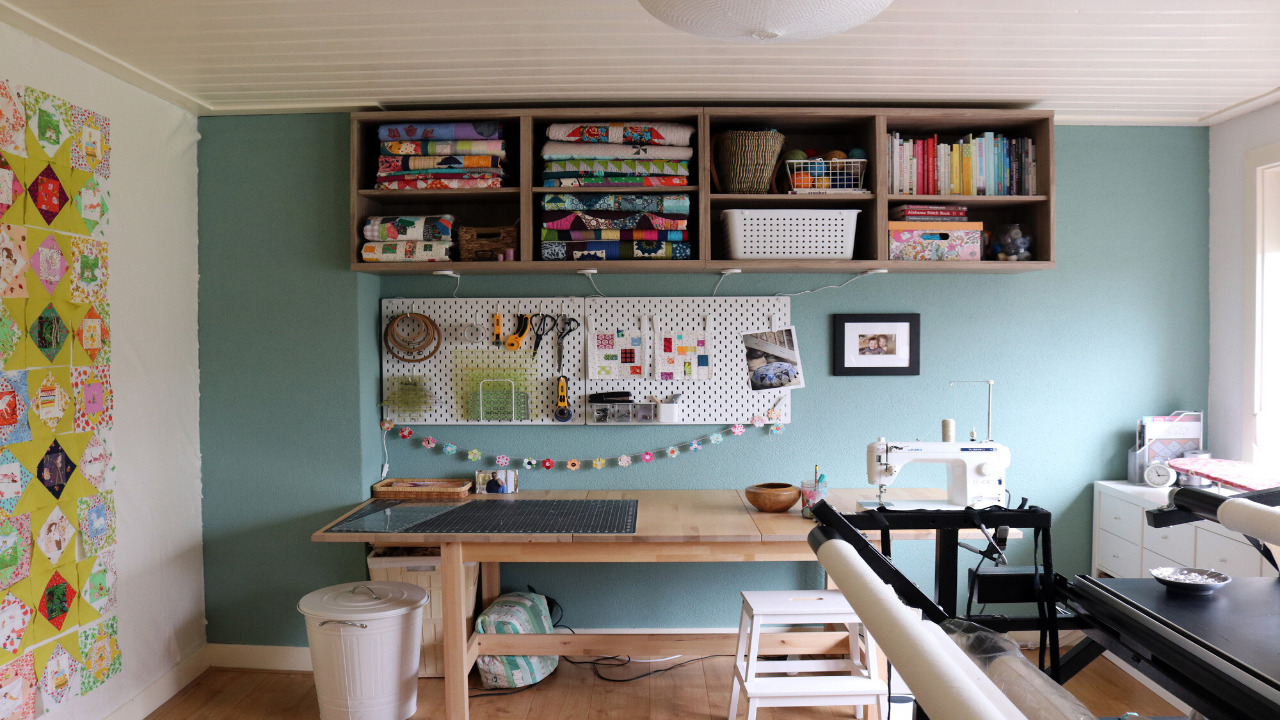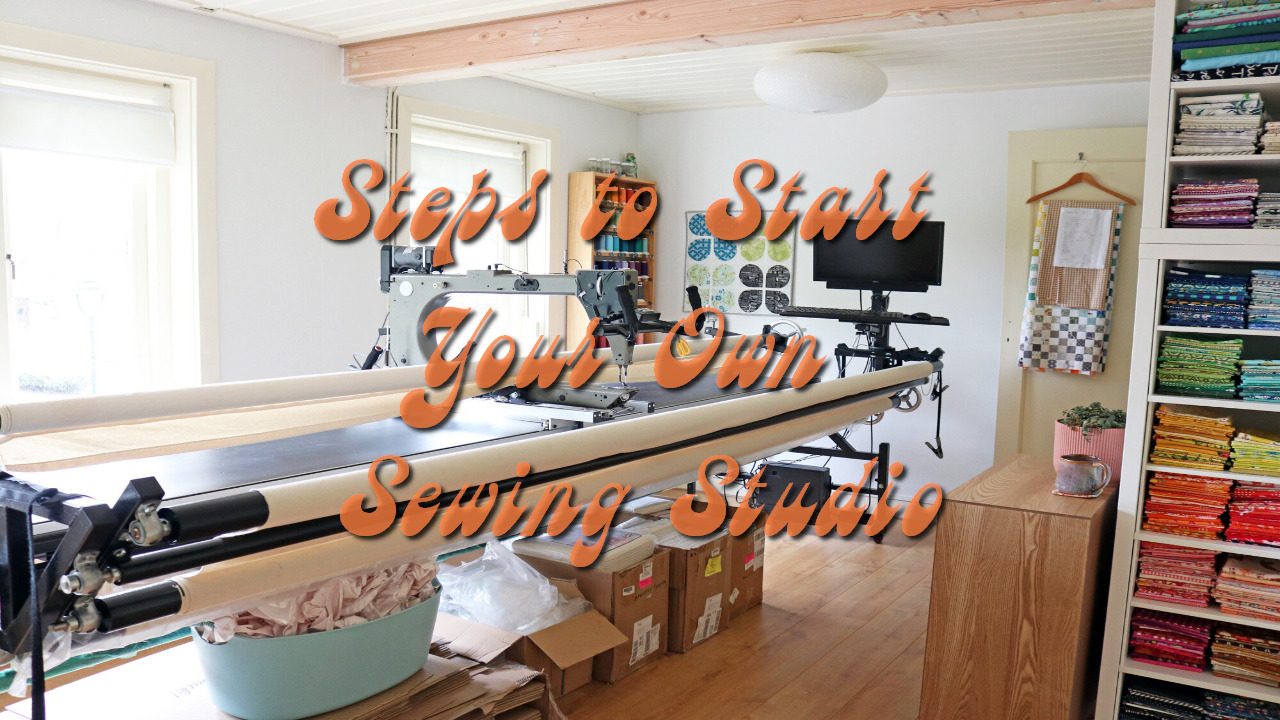Starting your own sewing studio can be a rewarding and fulfilling venture, especially if you have a passion for sewing and creativity. Whether you want to offer sewing classes, sell handmade products, or provide sewing services, establishing a successful sewing studio requires careful planning and execution. Here are the essential steps to help you get started on the path to owning your own sewing studio.
Research and Planning

Before diving into any business venture, conducting thorough research and developing a comprehensive business plan is crucial. Research the market to understand the demand for sewing studios in your area and identify your target audience. Analyze your competition, their services, and pricing to determine how you can differentiate your studio. Also, use a paycheck stub maker to understand what finances you can invest in your future business. Create a detailed business plan outlining your studio’s mission, vision, target market, budget, marketing strategies, and operational procedures.
Choose a Suitable Location
The location of your sewing studio can significantly impact its success. Look for a space that is easily accessible to your target customers and has sufficient foot traffic. Consider factors such as parking availability, nearby competitors, and the cost of rent or purchase. A spacious and well-lit location with ample room for sewing equipment, workstations, and a comfortable waiting area will enhance the overall experience for your clients.
Legal and Financial Aspects

Set up your sewing studio as a legal entity, such as a sole proprietorship, partnership, or LLC, depending on your preferences and local regulations. Obtain all the necessary licenses and permits to operate legally. Open a business bank account and organize your finances to keep track of expenses, income, and taxes. Secure liability insurance to protect your studio from potential legal claims.
Procure Equipment and Supplies
Invest in high-quality sewing machines, sergers, cutting tables, irons, and other essential equipment needed for your sewing studio. Consider the variety of projects you plan to offer and choose machines suitable for different skill levels. Stock up on a wide range of sewing supplies, fabrics, threads, and notions to cater to various customer preferences.
Design and Layout
Create an inviting and functional layout for your sewing studio. Organize workstations in a way that promotes efficiency and creativity. Consider the space’s flow, ensuring ample room for customers to move around comfortably. Set up a separate area for cutting and ironing, and designate storage spaces for materials and finished projects.
Develop Sewing Classes and Workshops
If you plan to offer sewing classes, develop a curriculum that caters to different skill levels, from beginners to advanced sewists. Consider offering workshops on specific sewing techniques or projects to attract a broader audience. Collaborate with experienced instructors or consider teaching some of the classes yourself if you have the necessary expertise.
Marketing and Promotion

Create a strong online presence by building a professional website and using social media platforms to showcase your work and services. Use photography and videos to display your projects and the atmosphere of your studio. Collaborate with local sewing communities and craft stores to promote your studio and its offerings. Offer promotional discounts or free trial classes to attract new customers.
Build a Strong Community
Foster a welcoming and inclusive environment in your sewing studio to build a loyal customer base. Encourage interaction among your clients, whether it’s through social events, sewing circles, or collaborative projects. Respond to feedback and continuously improve your services to meet the needs of your community.
Provide Excellent Customer Service
Excellent customer service is crucial for the success of any business. Ensure that your staff, if you have any, is well-trained and friendly. Respond promptly to customer inquiries and address any concerns professionally. Going the extra mile to assist and support your clients will contribute to positive word-of-mouth and repeat business.
Adapt and Innovate
The sewing industry is continually evolving, with new trends and techniques emerging regularly. Stay up-to-date with the latest developments in sewing and crafting to keep your studio fresh and relevant. Be open to adapting your services and introducing new products or classes to meet the changing demands of your customers.
Starting your own sewing studio requires dedication, creativity, and business acumen. With careful planning, a passion for sewing, and a commitment to providing top-notch services, you can turn your dream of owning a successful sewing studio into a reality.

